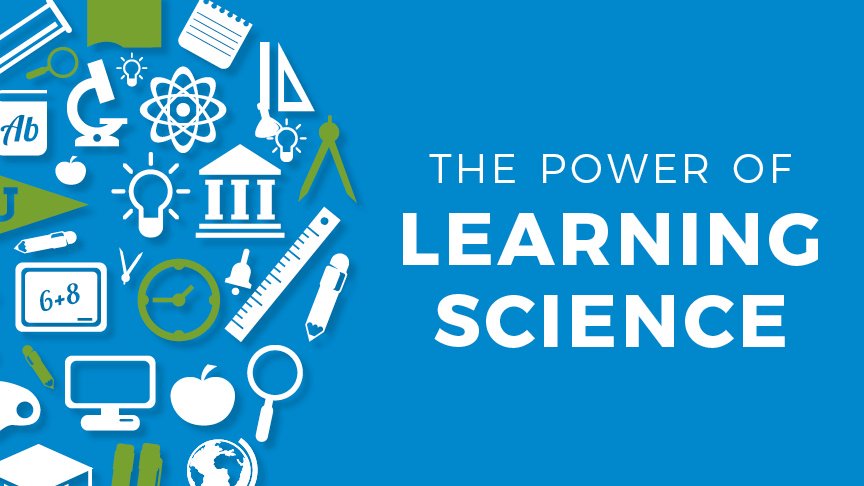The Power of Learning Science
How do people learn best? What are the best ways to teach? How do we test for, and ensure, content mastery? These are the questions we tackle every day when we create and deliver our cybersecurity training courses. Learning science is in our DNA and we want to ensure that our students – whether in the boardroom studying cyber risk or in a SOC studying for the CEH – will be successful in their cybersecurity learning and knowledge mastery. Our course building process revolves around three core principles: understanding how our students learn best, identifying their desired learning outcome, and defining what students need to learn to achieve that outcome.
Backwards Design
When we build our courses, we use a backwards design process. This design ensures that our courses are student-centric and prioritizes their success. We begin by asking ourselves: ‘What do students need to know to be successful?’ From this central question flows the next two steps in our development process: 1) Building assessments that will check whether the student has learned what they need to learn; and 2) Building the learning activities and instruction that will teach the students what they need to learn.
Let’s look at an example of this backwards design process:
How to use Vlookup in Excel
- Define the learning outcome: At the end of the lesson, the learner should be able to use the VLOOKUP command to retrieve desired data from the specified table.
- Determine assessment:

- Using VLOOKUP, construct a formula that will show the midterm result when you enter ID number to the cell left of it.
- Plan learning experiences and instruction:
- The instructor will explain the basics of Excel: rows, columns, tables, among other constructions.
- The instructor will explain simple Excel syntax.
- The instructor will write a sample VLOOKUP command and explain the meaning of each argument.
Online Delivery
Now that we’ve talked about the design principles behind our course, the next step is to review how we deliver our courses. We believe in the power and convenience of online learning and deliver most of our course online. Many studies have been done comparing online learning to face-to-face (F2F) learning. Karen Swan conducted one such study and concluded that students learn as much, or more, from online vs (F2F). Her findings include:
- A blind review process comparing students’ performances enrolled in an online graduate course with that of the same version of the course taught F2F showed no significant differences.
- A study comparing mid-term scores between online and F2F students at Stevens Institute of Technology found little or no differences in student outcomes.
- Two studies showed equivalent or increased performance of nurses in the field who graduated from online learning programs.
The Light Board
Now that we’ve established that delivery online is the same or better than in-person delivery, then why would we expect our courses to have a greater impact on learning than other online courses? It is our use of the light board. We describe our light board as a glass chalkboard filled with light.

Our instructors stand behind the glass and face the camera – in essence looking students in the eye. While speaking, the instructor writes and diagrams the most important items on the light board – just as a teacher would on a white board (or in the old days, a chalk board). So how does this help a student learn? According to Richard Mayer’s cognitive theory of multimedia learning, learners need to engage in cognitive processing for learning. This means selecting the most important words by seeing and hearing, organizing them in working memory, and then integrating them with prior knowledge.

The cognitive theory of multimedia learning (Mayer, 2009, 2014a)
One other important element of the light board vs. a white board or a voice over PowerPoint has to do with social cues. Eye contact, gestures, and facial expressions are effective in motivating students. Scholars believe that observing the instructor focusing on the important elements (through eye contact, gestures, and writing on the light board) highlights the selecting process and leads to cognitive learning. With the light board, our students get the added benefit of never seeing the instructor’s back while he or she is writing on the board. Our instructors are always looking at students, serving as a human highlighter to aid the cognitive learning process.
The Segmenting Principle and Modular Delivery.
Let’s take one step further to showcase not only why we both deliver our courses online and use a light board, but why we offer our programs on-demand or live online over a multi-week period vs. the bootcamp cram method. Our online delivery method enable us to deliver our content in easy to learn bite-sized bits. The segmenting principle simply means that we are breaking large segments into smaller segments. According to Clark and Mayer (2011), segmenting allows the learner to process without overloading the learner’s cognitive system.
Join Us
Now that you know we take advantage of learning science to design our courses, why would you go anywhere else? Check out a sample class or watch some of our QTNA (Questions That Need Answers) videos to see how we teach and learn something. Looking to train your team? We can help do that more efficiently than anyone. See you online.


